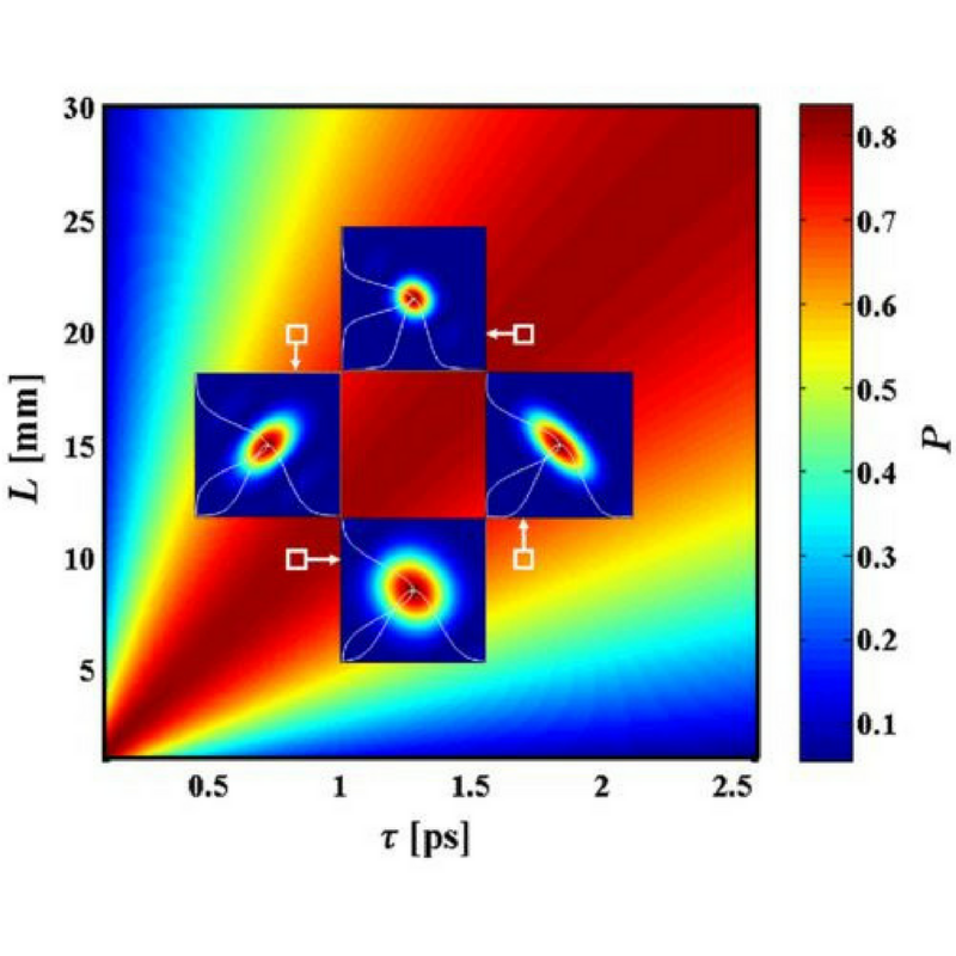We present a detailed numerical investigation of five nonlinear materials and their properties regarding photon-pair creation using parametric down-conversion. Periodic poling of ferroelectric nonlinear materials is a convenient way to generate collinearly propagating photon pairs. Most applications and experiments use the well-known potassium titanyl phosphate (KTiOPO4, PPKTP) and lithium niobate (LiNbO3, PPLN) crystals for this purpose. We provide a profound discussion on the family of KTP-isomorphic nonlinear materials, including KTP itself but also the much less common CsTiOAsO4, KTiOAsO4, RbTiOAsO4, and RbTiOPO4. We discuss the way in which these crystals can be used for the creation of spectrally pure down-conversion states and the generation of crystal-intrinsic polarization and frequency entanglement. The investigation of the new materials discloses an entirely different range of promising experimental setups, in some cases even outperforming the established materials PPLN and PPKTP.
You can find the full text here.

